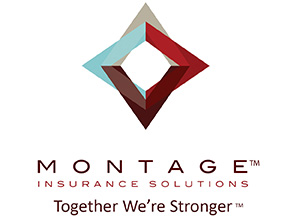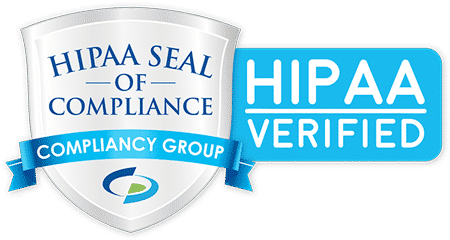The cost of health care continues to increase every year. We all feel it in the pocket books, read about it in the newspaper, and talk about in finance meetings. With the myriad of plan designs offered by the various carriers that compete in California, it can be a difficult task to pick the right plan.
How does one weigh cost versus coverage? Increases versus changing carriers?
One option that many groups have taken to is implementing a Health Savings Account, or HSA.
What we often hear in response to this is something surrounding the difficulty in presenting these types of plans to the employee population. However, with the right educational enrollment meeting, you might be surprised how many of your employees realize that it can represent a better option for them.
Let’s take a look at an actual sample client of ours. This company has the traditional HMO and PPO option, but also offers an HSA. The way they pay for benefits is to cover 100% of the cost of an HMO and the employees can buy up to either the PPO or the HSA. Obviously 100% coverage for an HMO is getting less and less common as companies combat rising prices, but HMO plan designs are not the right fit for all people. Many people choose to “buy up” to PPO products, believing the freedom of choice and wider network is worth the premium increase. For those people, let’s consider some facts.
At this company the family rates are $846 for the HMO, $1,691 for the PPO ($750 family deductible), and $1,162 for the HSA ($5,000 family deductible)—taking out the employer contribution ($846) the PPO costs the employee $845 per month, and the HSA $316 per month.
If you look at a person considering a PPO product, they are actually better off taking the HSA when you consider total annual cost. Simply on premium savings, a family will save $529 per month, or $6,348 per year—more than enough to cover the $5,000 deductible.
Now that we know the savings on premium, let’s take a look at the plan year. Even if the year is extreme, and the employee actually does hit that lofty deductible, once the $5,000 deductible is reached, all services are covered at 100%. Simply by using $5,000 of the $6,348 premium savings, the employee has reached a place where all services are free, and remains $1,348 better off than (s)he would have been on the PPO. When you factor in the co-pays along the way that the PPO plan has, the $750 deductible, the fact that all costs are PRE tax dollars on an HSA, and the employer contributions to the account that some organizations make, the HSA becomes a much more financially sound choice for the employee.
On the other hand, if an employee has a more typical year, and does not use the premium savings for $5,000 in services, there is no “use it or lose it” clause that plagues FSA’s, so the employee simply enjoys more growth in the account.
When employers consider what percentage of contribution they offer, and how much less expensive HSA plans are than PPO’s, you can see their incentive for offering too!
In the right instances, and with the right education, HSA plans can be a good fit for the employee and a great relief for the bottom line.


